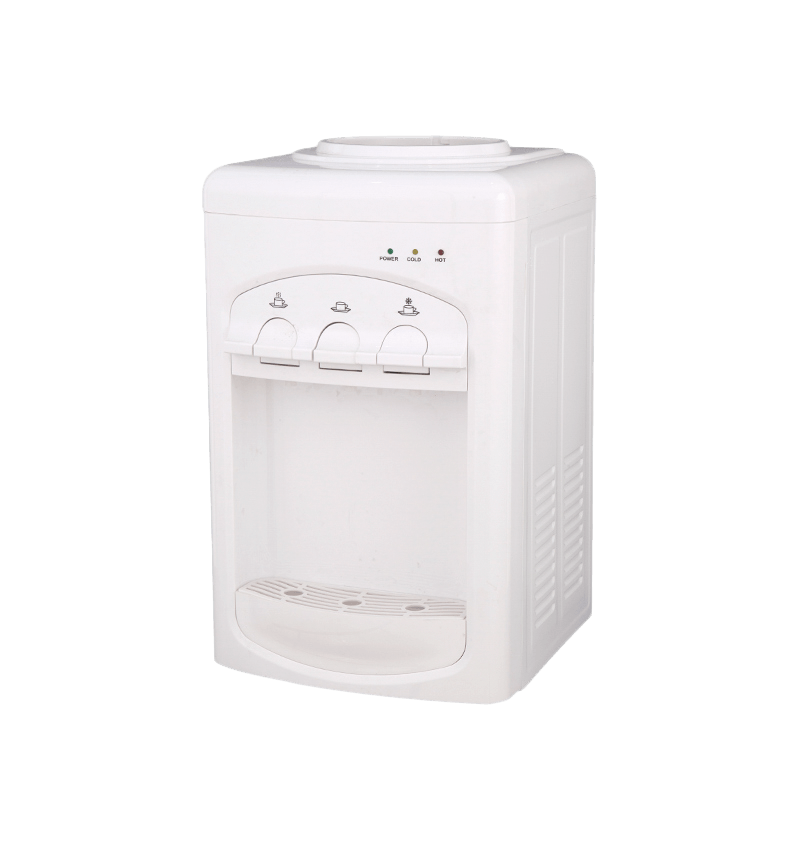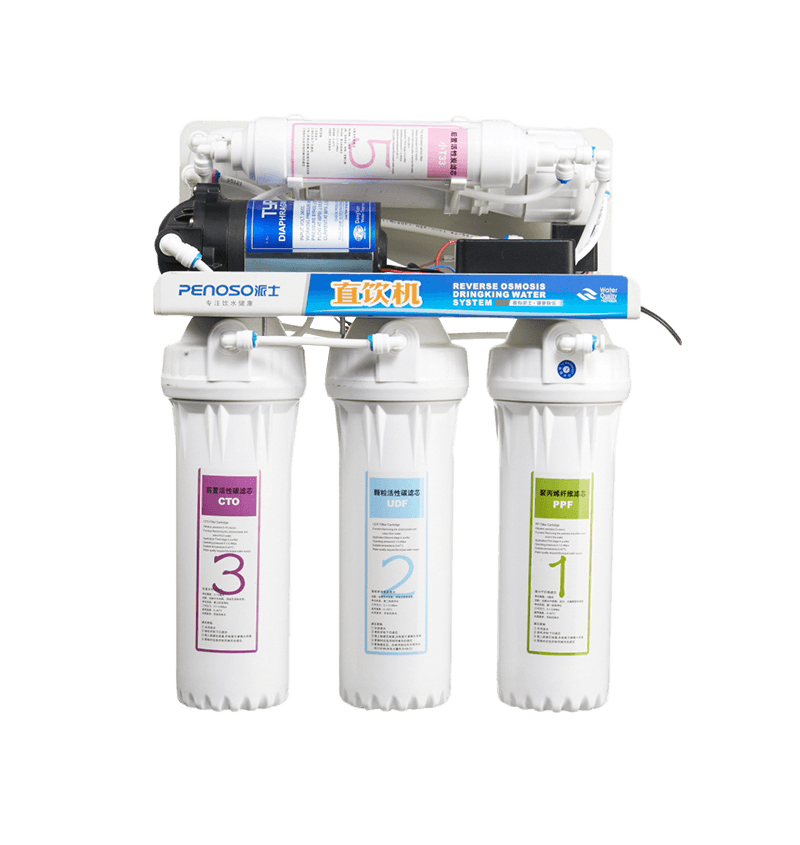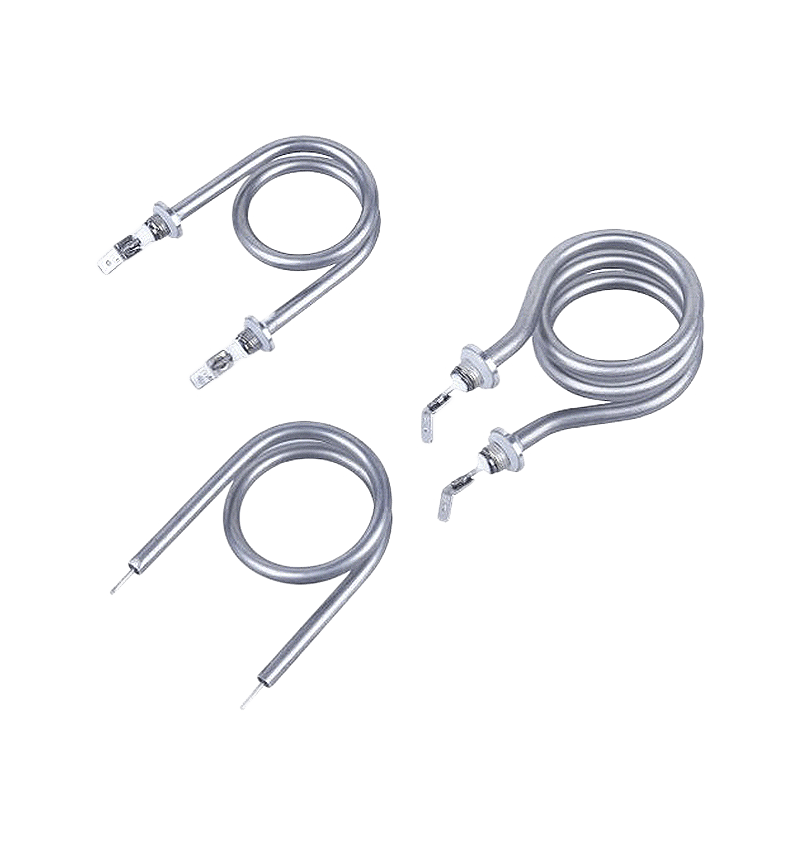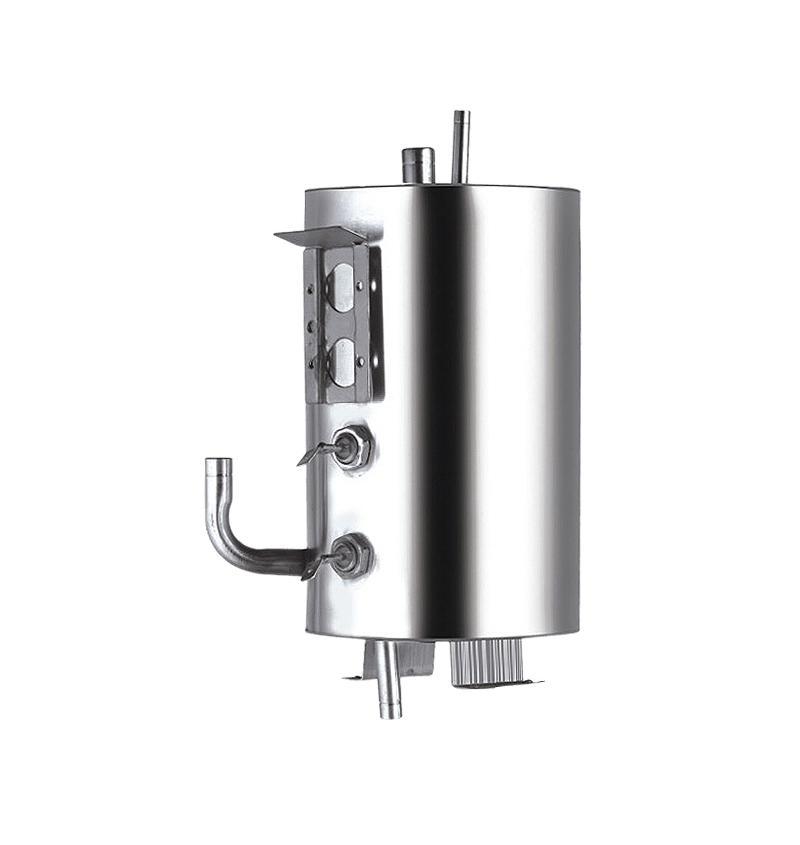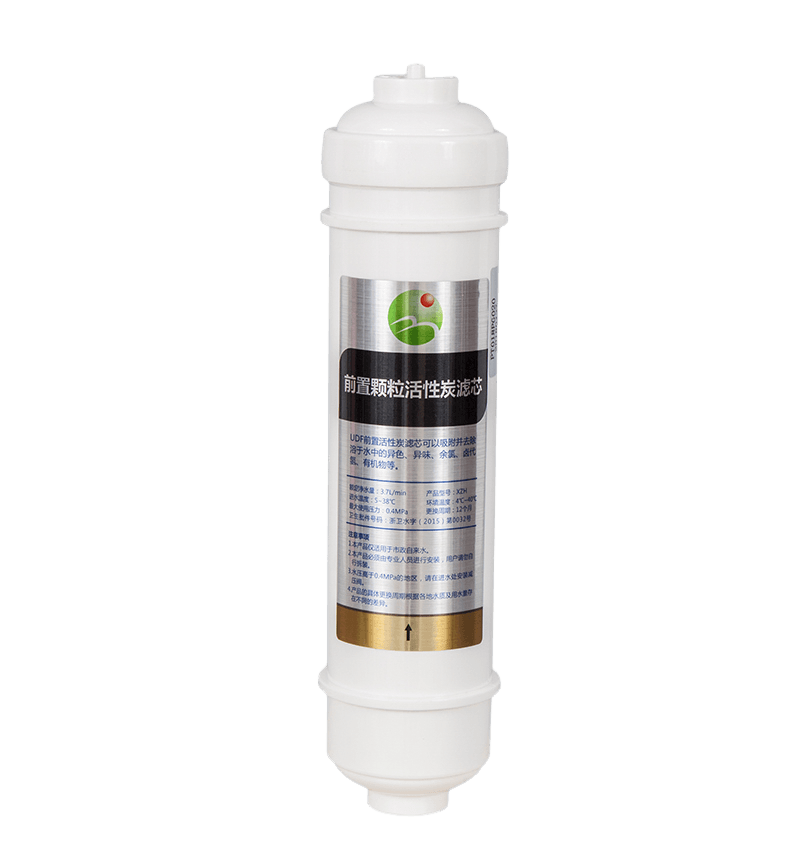Filtration System Design Considerations
Desktop water dispensers with filtering capabilities require multi-stage filtration systems to address different contaminants. The primary stages typically include sediment filtration for large particles, activated carbon for chlorine and organic compounds, and specialized media for heavy metals or microorganisms. The filter housing must maintain watertight seals while allowing accessible cartridge replacement. Flow rate calculations should balance filtration effectiveness with user convenience.
Material Selection for Water Contact
All components in contact with water must use food-grade materials that resist bacterial growth and chemical leaching. Stainless steel 304 or 316 provides durability for structural parts, while BPA-free plastics suit reservoirs and tubing. The material specifications should account for prolonged exposure to both cold and hot water cycles in dispensers with temperature control features. Surface finishes should facilitate cleaning without harboring biofilm.
Maintenance and Filter Replacement
Filter lifespan indicators and standardized cartridge designs simplify maintenance procedures. The system should incorporate quick-connect fittings for filter changes without tools or water spillage. Clear documentation should specify replacement intervals based on both time and usage metrics, with consideration for local water quality variations. Some designs integrate electronic sensors that track filter performance and alert users when replacement becomes necessary.
Water Quality Monitoring Integration
Advanced models may include real-time water quality sensors measuring parameters like total dissolved solids (TDS), pH, and turbidity. These systems require calibration protocols and stable power supplies for consistent readings. The sensor placement must account for representative sampling while avoiding interference with normal dispenser operation. User interfaces should present water quality data in understandable formats without requiring technical interpretation.
Energy Efficiency Requirements
For dispensers with heating or cooling functions, energy consumption becomes a critical design factor. Insulation thickness, compressor selection, and standby power management all contribute to overall efficiency. Some jurisdictions mandate specific energy performance standards for such appliances. Designers should consider passive cooling techniques and smart temperature maintenance algorithms to reduce electrical demands.
User Interface and Accessibility
The control panel layout should accommodate diverse user needs with intuitive operation. Tactile buttons, clear icons, and audible feedback assist users with visual impairments. Child safety locks prevent accidental activation of hot water functions. Display screens should provide essential information like filter status and water temperature without overwhelming users with technical details.
Sanitation and Microbial Control
Internal water pathways require designs that prevent stagnation and allow complete drainage. UV sterilization chambers or silver ion treatments can supplement physical filtration for microbial control. The dispenser architecture should facilitate periodic deep cleaning with approved sanitizing solutions. Drip trays and external surfaces need materials that resist mold growth and permit thorough disinfection.
Compact Footprint Optimization
Space constraints in office or residential settings demand careful dimensioning of all components. Vertical stacking of filtration stages and strategic routing of tubing maximize internal space utilization. The base design should maintain stability when the water reservoir reaches full capacity. Some models incorporate wall-mounting options or under-cabinet installation kits for space-challenged environments.
Noise Reduction Strategies
Pump selection and vibration isolation techniques minimize operational noise in quiet settings. Acoustic dampening materials line compartments containing mechanical components. Water flow paths should avoid turbulent conditions that create splashing sounds. Nighttime modes can further reduce pump speeds and cooling compressor activity during periods of low usage.
Regulatory Compliance Factors
Certification requirements vary by market but commonly include electrical safety, material safety, and performance standards. NSF/ANSI standards for drinking water treatment units establish baseline requirements for contaminant reduction claims. Manufacturers must maintain documentation trails for all components and complete third-party testing where required. Regional water quality regulations may dictate specific filtration capabilities.
Supply Chain Considerations
Filter cartridge availability and standardization affect long-term product viability. Some manufacturers adopt industry-standard sizes while others develop proprietary systems. The supply chain strategy should ensure replacement filter availability throughout the product's service life while avoiding obsolescence issues. Bulk purchasing options and subscription services provide convenience for high-usage environments.
Environmental Impact Mitigation
Design approaches should minimize plastic waste through durable construction and recyclable materials. Filter cartridge recycling programs help divert spent media from landfills. Energy Star certification processes guide efficiency improvements. Water-saving features like automatic shut-off and precise portion control contribute to conservation efforts. The product lifecycle analysis should inform material choices and manufacturing processes.
Installation and Setup Requirements
Clear installation instructions with pictorial guides assist non-technical users. Quick-connect fittings simplify connection to water supplies without specialized tools. The design should accommodate both direct plumbing connections and manual water filling methods. Some models incorporate self-priming pumps that automatically purge air from the system during initial setup.
After-Sales Support Infrastructure
Product support extends beyond the initial purchase with filter replacement reminders and troubleshooting resources. Online knowledge bases and video tutorials help users resolve common issues. Service networks should provide timely technical support and repair options. Warranty terms must clearly define coverage periods and exclusions related to normal wear components like filters.



 English
English عربى
عربى Português
Português Español
Español.jpg)
